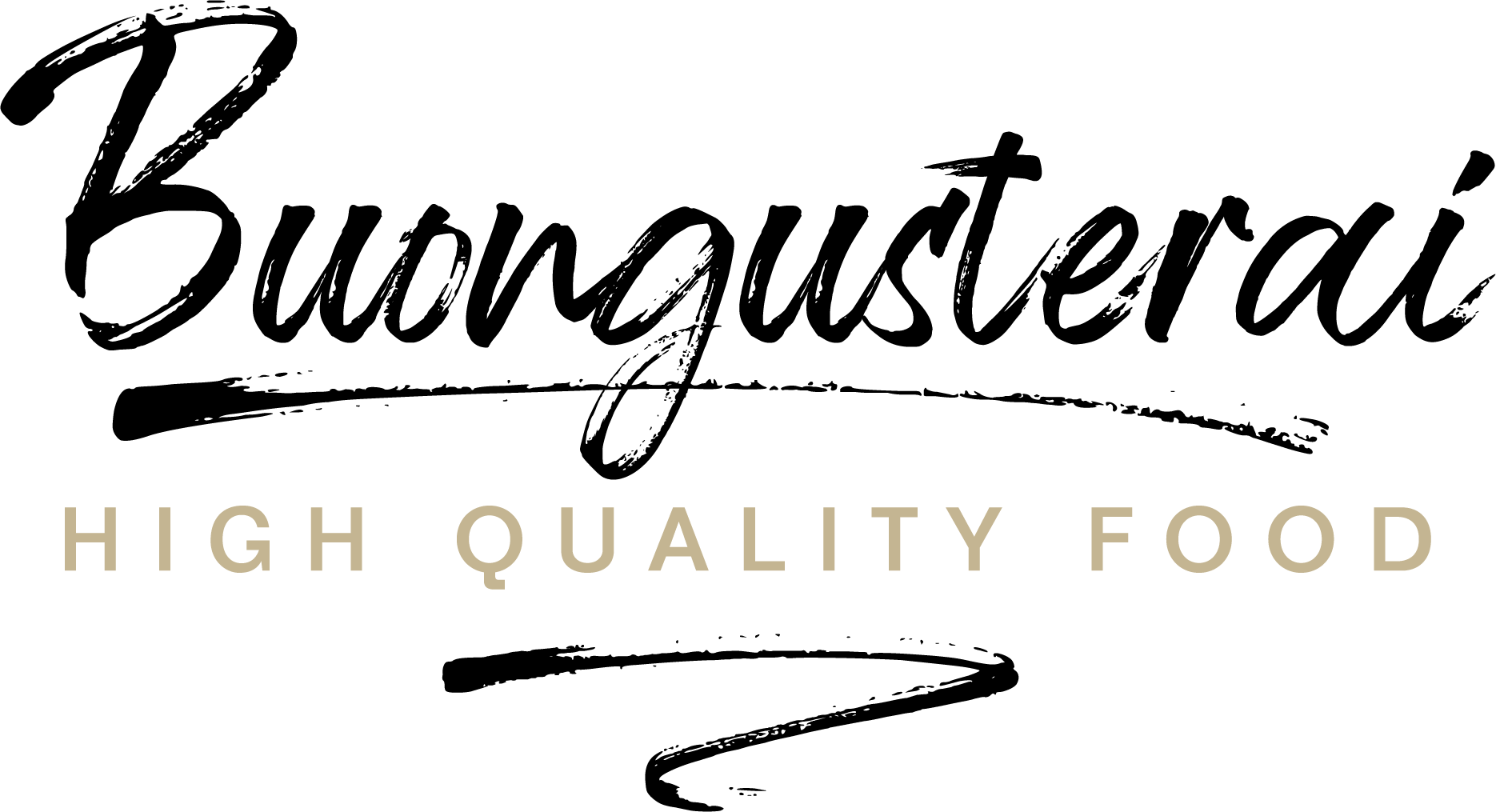The Chianina, an iconic Italian cattle breed, is much more than just a farm animal: it is a living testimony to Italy’s rich agricultural and cultural history. In this article, we will delve into the origins and fascinating history of this extraordinary breed, exploring its role in Italian rural life and its evolution to the present day, its unique characteristics, and the reasons why its meat is so highly prized.
The origins and history of the Chianina breed
The origins of the Chianina date back to ancient times, probably to prehistory. This breed is believed to be one of the oldest in the Mediterranean, with roots that sink into the lands of Tuscany and Umbria. The first traces of the Chianina can be found in the artistic representations of ancient Etruria, where the animal was considered a symbol of strength and prosperity.
During the Etruscan and Roman periods, the Chianina played a fundamental role in the daily life and agricultural economy of the region. Used for work in the fields and as a source of meat and milk, this breed was revered for its resilience, strength, and ability to adapt to the rigors of climate and terrain.
Over the centuries, the Chianina has continued to play a crucial role in Italian agriculture, becoming a pillar of the country’s diet and culinary culture. During the Renaissance, the breed experienced a period of great prosperity, thanks also to its presence in the paintings and works of art of the time.
In the twentieth century, the Chianina faced significant challenges and changes, but it managed to adapt and thrive. Today, this breed is celebrated for the superior quality of its meat, appreciated by chefs and gourmets around the world. With its pure white coat, imposing stature, and rich, succulent taste, Chianina meat has become an icon of Italian cuisine and a symbol of excellence internationally.
Tenuta La Fratta: the new agricultural company of the HQF Agricultural Network
HQF selects a breeding farm managed according to the principles of the closed cycle according to the cow-calf line. All phases, from the birth of the calves to their growth and fattening, take place within the company belonging to the Agricultural Network. Since 1934, La Fratta has been registered in the genealogical book of the Chianina breed. Chianina is bred according to the principles of the closed cycle to ensure controlled and valuable meat both in terms of taste and nutritional properties. The meats from the farm are marked with the Chianina IGP brand, certified quality.
The first certain news related to the Tenuta La Fratta dates back to 1208. The main nucleus is almost certainly due to Baldassarre Peruzzi, one of the greatest architects of the sixteenth century. And how not to mention the frescoes of the chapel executed by Sodoma. Over time, many important Sienese families have alternated in the management of the Estate, until today where the Estate has been purchased by the Scudieri family. There is news of the medieval village of La Fratta since the thirteenth century, as a castle subject to Siena and belonging to the Guardavalle counts. The place was involved in the struggles between the Sienese factions of the Guelfs and the Ghibellines, becoming one of the strongholds of the latter, and had among its lords Ghino di Tacco whose deeds were celebrated by Dante and Boccaccio. With the changing course of history, it transformed from a castle into a villa at the center of a rich estate. Currently, it presents itself as a complex of various buildings surrounding the villa in a fully rural context, constituting a valuable example of Renaissance-style terracotta constructions of particular harmony and of significant historical-architectural importance.
The animals are raised following the philosophy of animal welfare and through IGP (Protected Geographical Indication) certification. This practice represents a tangible commitment to preserving the centuries-old tradition of this prestigious cattle breed while ensuring a healthy and satisfying life for the animals. The organic breeding of the Chianina breed has a sustainable agricultural approach that respects the environment, focusing on the ethical and high-quality production of beef, maintaining the heritage of the original Chianina breed from the Val di Chiana in Tuscany. Here are some key aspects of breeding:
- Organic cultivation on six plots of land;
- Adequate spaces and natural behavior;
- Animal welfare;
- Environmental sustainability;
- Traceability.
Strengths of the Chianina breed
- The Chianina breed is part of the IGP meat group “Vitellone Bianco dell’Appennino Centrale,” which is the first quality label for fresh beef approved by the European Community for Italy.
- Chianina IGP is produced following a specification that ensures that all subjects in the supply chain respect the production and quality standards approved by the European Commission.
- All the animals come from the historic breeding of Tenuta La Fratta, fed with fresh forage from the same territorial area.
- The Chianina breed is ancient; known for over 2000 years, it takes its name from the Val di Chiana. A maturation of at least 15 days is recommended to taste its typical savoriness and flavor.
- Chianina IGP is among the heaviest cattle in the world. Discover also the other Italian cattle breeds.
In conclusion, the Chianina is much more than just a cattle breed: it is a living testimony to Italy’s rich agricultural and cultural history. With its millennial origins, its role in Italian rural life, and its evolution over the centuries, this breed represents a heritage to be preserved and celebrated. Whether it’s a Florentine steak or aged salami, the Chianina will continue to delight the palates of generations of gourmets around the world.


